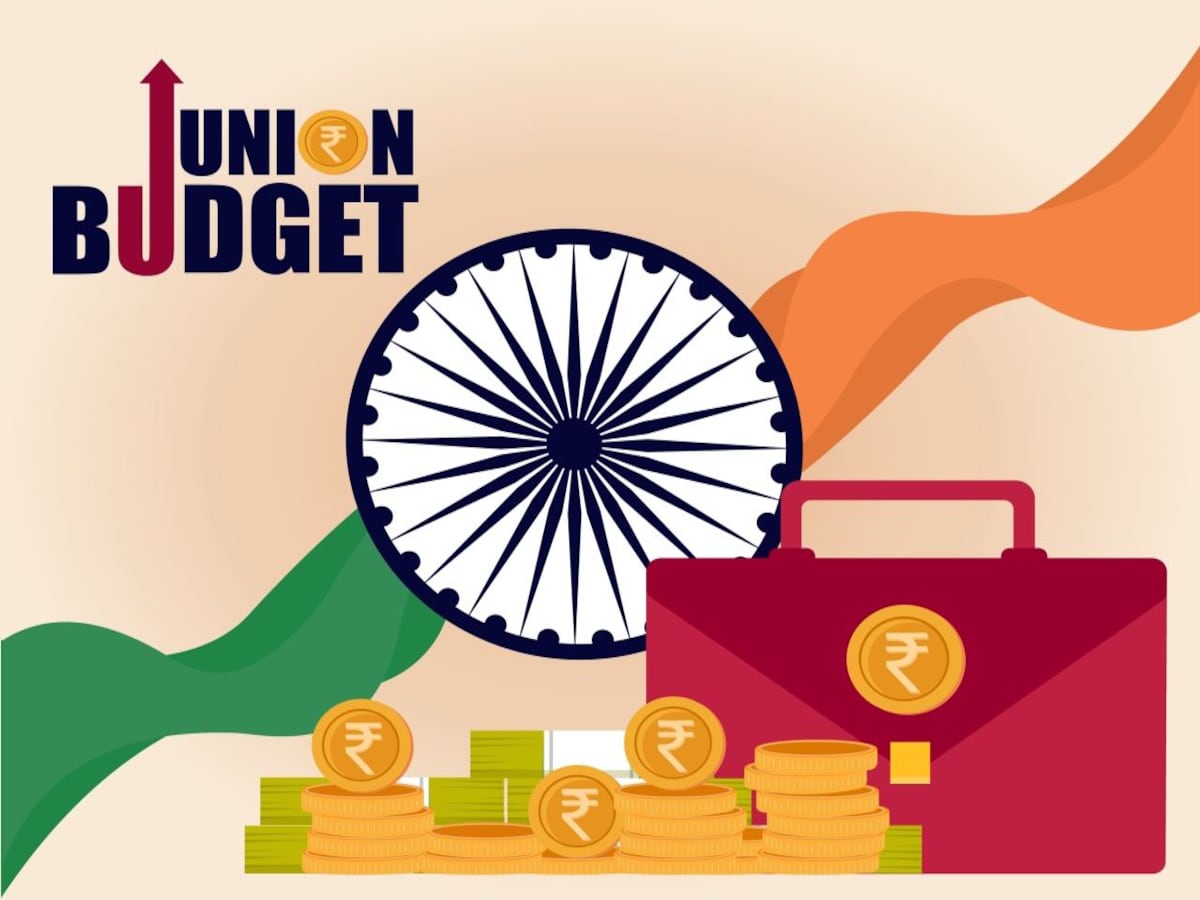
Budget 2025-26: Some Major Trade and Tariff related issues
Budget 2025-26: Some Major Trade and Tariff related issues
Exports is one among the 4 engines of development as per this Budget and the following steps have been outlined in the Budget
- Export Promotion Mission with sectoral and ministerial targets to facilitate easy access to export credit, cross border factoring support and support to MSMEs to tackle Non-Tariff Measures (NTMs) in overseas markets. It is not clear whether support is to fight cases related to NTMs or is it to make MSMEs export goods and services in such a way that they do not face NTMs. The real impact of these measures would be known once the details of the measures are given.
- BharatTradeNet to be set up as unified platform for trade documentation and financing solutions.
- Support to develop domestic manufacturing capacities to integrate the economy with Global Supply Chains. Support will be provided to domestic electronic equipment industry.
- National Framework for Global Capability Centres in tier 2 cities.
- Warehousing facility for Air Cargo including high value perishable horticulture Produce.
While the above export promotion measures could be taken in due course, the immediate impact making trade related measures are related to Tariffs and they are the following.
- Removing seven tariff rates over and above the seven removed in 2023-24 budget resulting in only eight tariff rates remaining including “zero “rate. My study in collaboration with India Exim Bank on ‘Relooking India’s Tariff Policy Framework ‘had pointed out the need to reduce multiple tariff rates as in 2019 there were 24 ad valorem tariff rates including the zero duty rate covering 11839 tariff lines. If NAVs (Non-Ad Valorem) tariffs as given in WTO data, are also considered, then India had 252 distinct MFN duty rates in 2018. This calls for reducing the number of tariff rates to the barest minimum.
- Levying not more than one cess or surcharge. Therefore, exempting Social Welfare Surcharge (SWS) on 82 tariff lines that are subject to a cess. In our study we had suggested removing SWS from imports.
- For many items including motorcycles, Tariffs (Basic Customs Duty) have been lowered but an equivalent AIDC (Agriculture Infrastructure and Development Cess) has been levied. Thus there will be no change in effective tariff, but the cess amount goes to the Central Government’s kitty. Meanwhile, tariffs for motorcycles with engine capacity not exceeding 1600cc has been reduced from 50% to 40% and those with 1600cc and above reduced from 50% to 30% making Harley Davidson and Ducati more affordable to avoid the tariff ire of Uncle Sam and please our Italian friends. Despite these measures tariff wars or tariff conflicts seem to be in the offing with the US thinking of Reciprocal tariffs.
